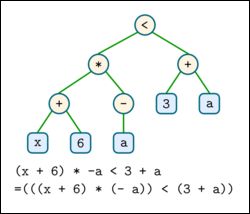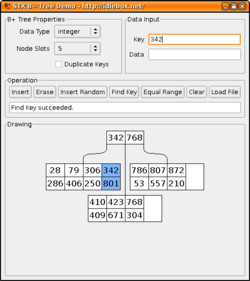Cry of Dolour by Stanislav Ossovsky - Free Fantastic Classic-Metal Music
Posted on 2007-10-14 21:25 by Timo Bingmann at Permlink with 0 Comments. Tags: #music
While stumbling around the web, today I found some fantastic instrumental classic-metal music. Listening into some random web music streams, I heard a piece that immediately matched my music taste. That taste is maybe best described as symphonic epic metal, though I'm generally against over-detailed (music) categorization.
Consequently I entered the song's name into Amazon's search, but nothing was found. Some googling revealed that the song is downloadable for free: http://www.cryofdolour.ru - (download page)
It is part of a complete album of similar pieces composed by this Russian musician who signed the page with RAO. The pieces combine classic music motifs with metallic drumming and guitars. Sounds impossible, yet the songs masterfully weaved both styles together creating a bombastic epic expression. Yes, the songs are all instrumental, and yes, you need some patience for the first track. Having heard the pieces over and over again, I soon noticed that while the musical composition is excellent the tracks' sound itself does not reach usual CD production quality. They sound a bit synthetic and miss some bass blast. But hey, it's free.
Original, incredible music by an unknown artist! My three favourite tracks are: "Hymn to Solitude", "Dies Irae", "It is Coming" and "Prelude". Ah, that is now four and I still missed some of the best. Just hear them yourself.
If you also have no clue as to what the Russian text on the main page is about, I suggest reading Google's translation of that page.






